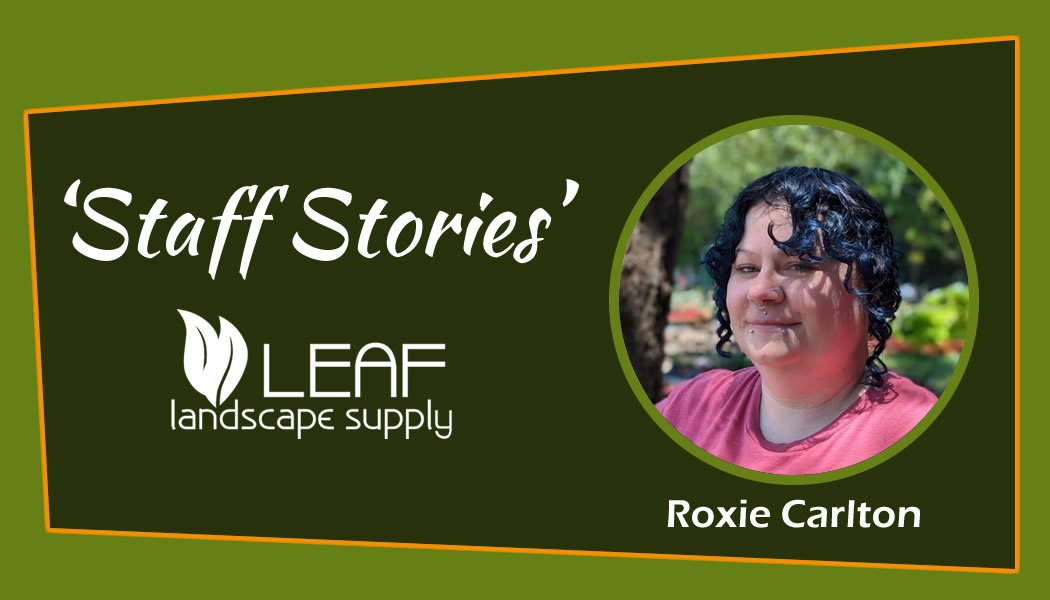
Hardgoods: Keys to Customer and Company Success
I have been involved in horticultural hardgoods since 2012, when I became a buyer for the first time. Since then, I have found hardgoods to be a foundational piece of success in this industry. In our business model, they can aid in building client trust, increase a lagging margin, and enhance turns per square foot. In return, they require little physical maintenance and provide great benefit to both B2B and B2C customers. Let’s examine 5 keys to the mindful use of these items to enhance our sales success.
Key 1: Know the Product
As with our plant material, we should be able to answer some basic questions.
What does the product do, or Which plant is it best for? Who is the intended user? Why is it the best product for the current need? When should the product be used? How should the product be applied/spread?
These questions are of particular importance when dealing with pesticides, since most clients are seeking targeted controls.
Key 2: Keep Products in Stock
Our purchasing team is familiar with the products and does their best to keep things stocked based on sales, and seasonal appropriateness, but it is always helpful to get a reminder of upcoming rush seasons for certain items. Request restock before you run out, and always let them know if you sell an unusually large number of an item unexpectedly.
Key 3: Keep the Product Visible
There are 3 main things that hurt product visibility.
- Jumbled displays: A display with too many items or choices becomes overwhelming for customers and they stop trying to find what they need.
- Separated products: Having product separated into too many areas makes it frustrating and difficult for them to find. It is best to have all the available sizes of a similar product together so the customer can make informed choices. i.e. Quarts with Gallons.
- Product appearance: if the product looks dirty, it looks old, and that undermines the consumer’s confidence in it.
- Addressing these things on a regular basis keeps the product selling.
Key 4: Understand How Sales Effect You
Hardgoods are a unique category for us as a business with a wholesale tiered pricing structure. While many have a lower retail profit margin, they don’t often have P2-P5 pricing, and some don’t even have a P1 discounted level. This makes them uniquely positioned to boost your margins throughout the month whether you’re an AM or a CSR. While as a CSR, margins aren’t critical to your commission structure, over time you will find that the relationship between good margins and good overall monthly sales is a strong one.
If you aren’t part of the commission structure, the hardgoods can still give a positive boost to your overall pay. In most businesses, adding just one hardgood to every sale can provide anywhere from a 10-30% increase in sales over a 6-12 month period. Increased sales and profitability increase profit share opportunities for the staff on that program.
Key 5: Sell Hardgoods Proactively
Proactive selling means not waiting for the customer to ask about hardgoods. For every plant you know you regularly sell, have 2-3 hardgood items in mind to suggest the customer also purchase. For example, acidified fertilizer for hydrangeas, roses, and gardenias. Liquid Seaweed for plants prone to spider mites. Transplant formula for any trees or evergreens 5 gallon and above.
View this process as doing the customer a favor. If they are retail, you are helping make sure their plant survives, which offsets our no warranty policy. If they are a landscaper, you are offering ways to make sure they don’t have to replace those plants later. In both cases, you establish your reputation as knowledgeable professional, you build client trust, and you reinforce our missions of quality and customer service.
Use these keys over the next 6 months and track how your sales and margins increase. And as always, happy selling!
